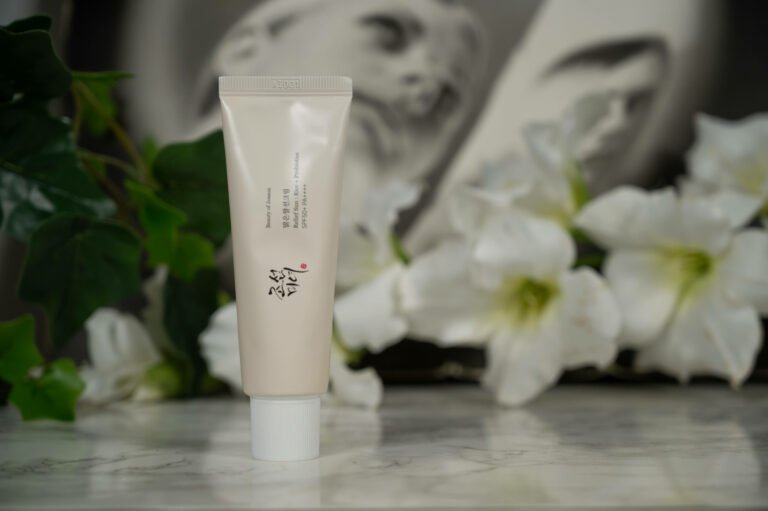The Historical Journey of the Mid-Century Vintage Plastic Chair
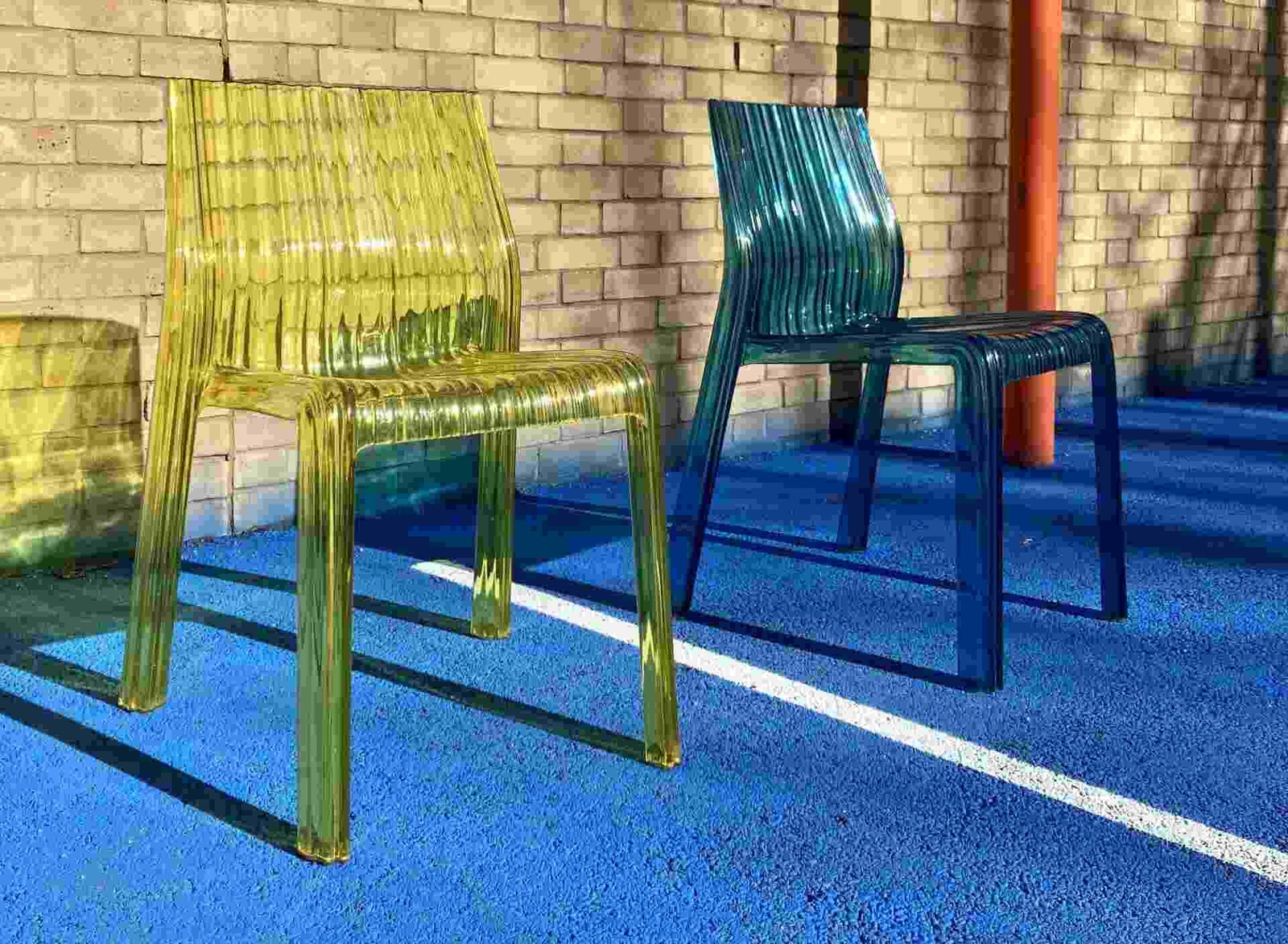
Furniture made from plastic is now commonly seen. However, less than a century ago, envisioning a vintage-style chair crafted from anything other than natural materials seemed challenging. Wood still retained its esteemed status as the leader in furniture production. So, what led plastic to dethrone wood gracefully from its pedestal?
During Which Period Did Vintage Chairs First Emerge?
The concept of fashioning chairs from plastic dates back to the mid-20th century, coinciding with the widespread adoption of new materials in the industrial landscape. The first mass-produced polymer entered the consumer market, capturing the interest of designers and furniture manufacturers. This lightweight and sturdy material quickly seized their attention, embodying the era’s zeitgeist.
In the 1960s, plastic chairs symbolized modernism and design innovation. Renowned artists Ray and Charles Eames crafted their iconic models during this period. Its seat was molded from plastic, proving so comfortable that the model remains in high demand and continues to be produced. Essentially, the inaugural vintage Eames chair finds its place in museums, while new iterations are readily available in furniture stores to enhance your interior.
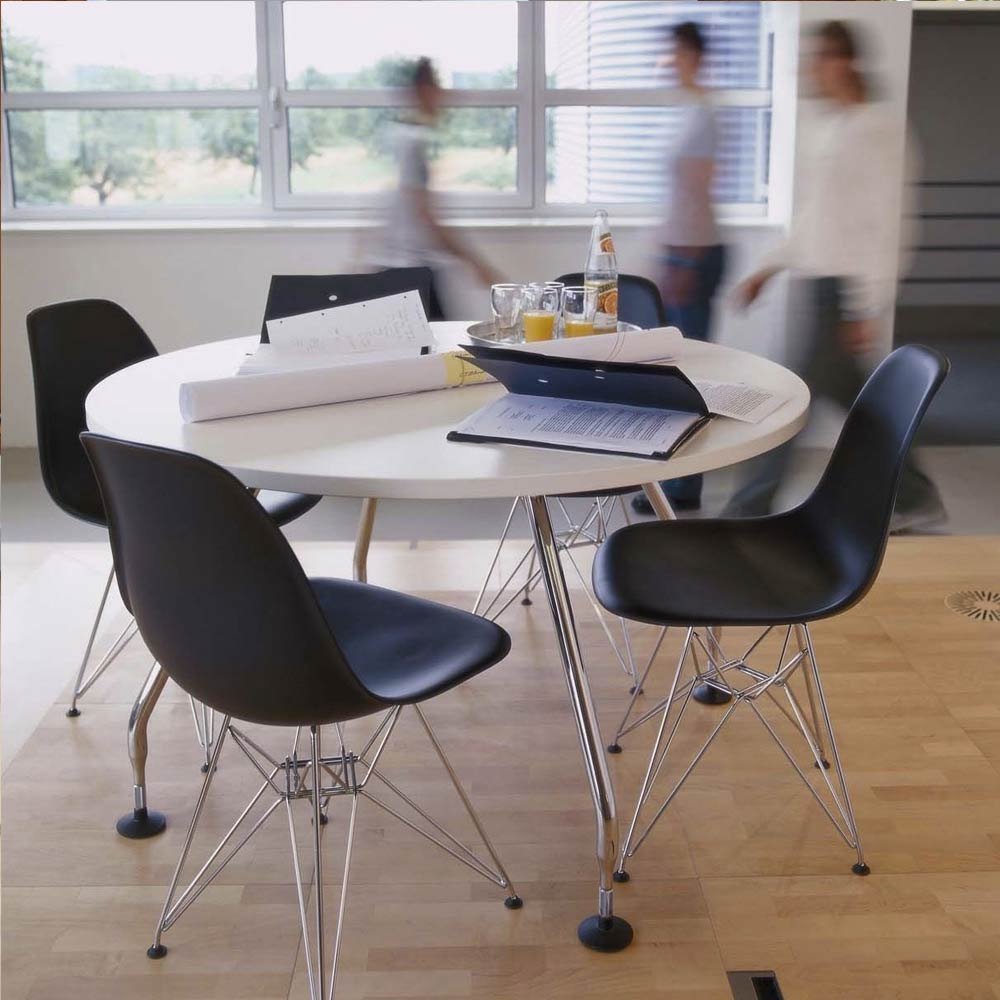
Yet another famed vintage plastic chair is the Panton Chair, among the earliest monoblocks produced through injection molding. It served as a pioneering prototype, inspiring designers to create lightweight and comfortable furniture commonly seen in outdoor cafes and chosen for personal gardens today.
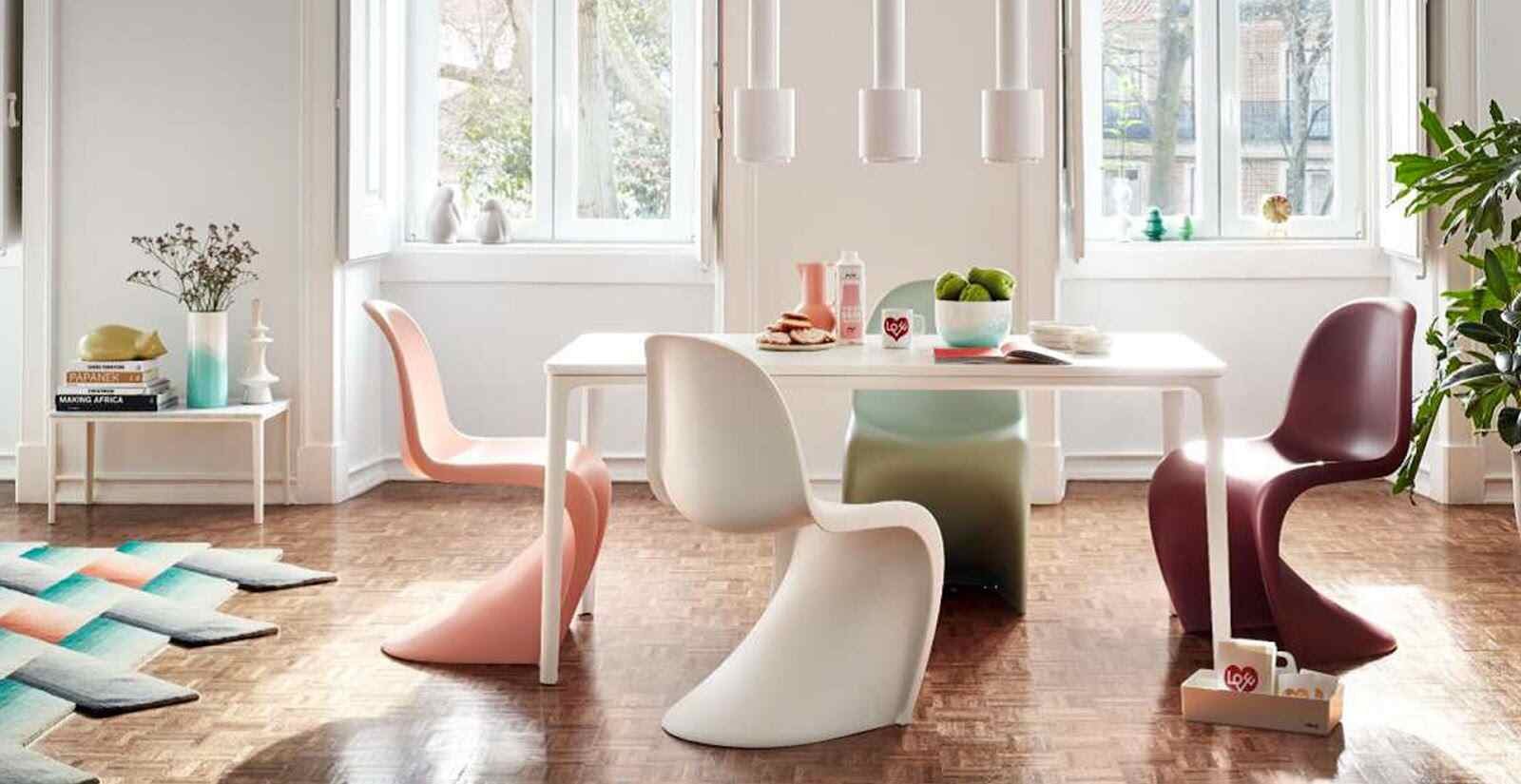
The Tulip Chair, designed by Finnish-born American Eero Saarinen, is also prominent among vintage mid-century chair icons. Saarinen aimed to eliminate visual clutter in spaces, giving rise to the elegant curves of a single leg reminiscent of a wine glass. Garnering numerous awards and museum recognition, this model quickly found its way onto the silver screen, appearing in films like “Star Trek: The Original Series,” “Men in Black,” and “Kingsman: The Secret Service.”
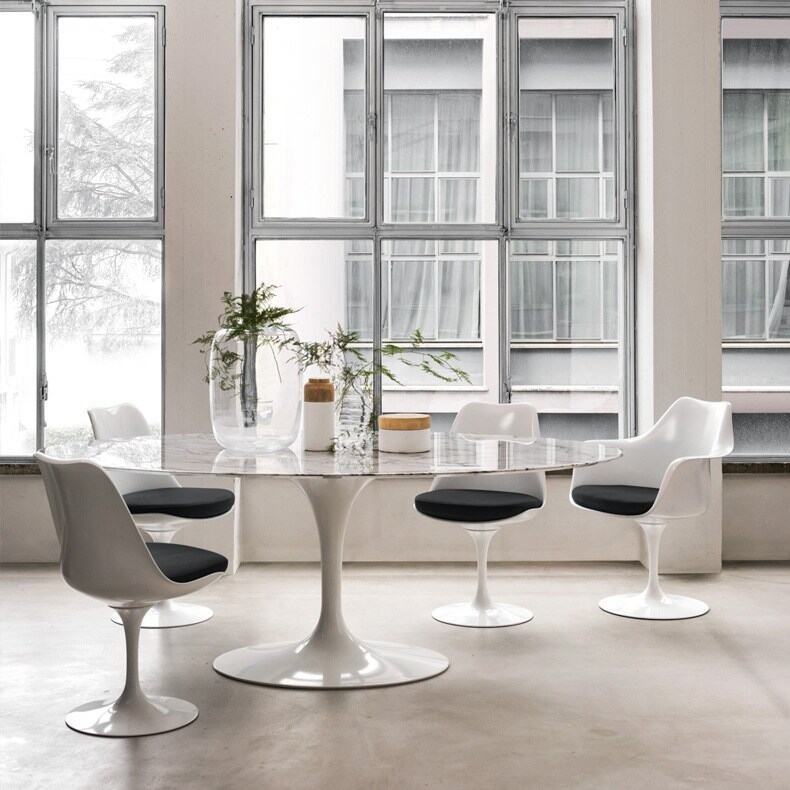
The Impact of Vintage Plastic Chairs on Contemporary Interiors
Plastic chairs gained widespread popularity due to their lightweight nature, durability, and the feasibility of mass production. Their diverse shapes and colors make them adaptable to various interior styles. Over the subsequent decades, plastic chairs evolved, incorporating new technologies and materials such as polycarbonate, polyurethane, and ABS.
Today, plastic chairs are available in various styles and variations, maintaining their relevance in the design and furniture industry. Their versatility, easy maintenance, and environmentally friendly appeal continue to make them a favored choice among modern consumers. Nevertheless, there is still a demand for retro chairs in the market. If you seek to add a vintage piece to your collection, consider exploring Interior Hype.


